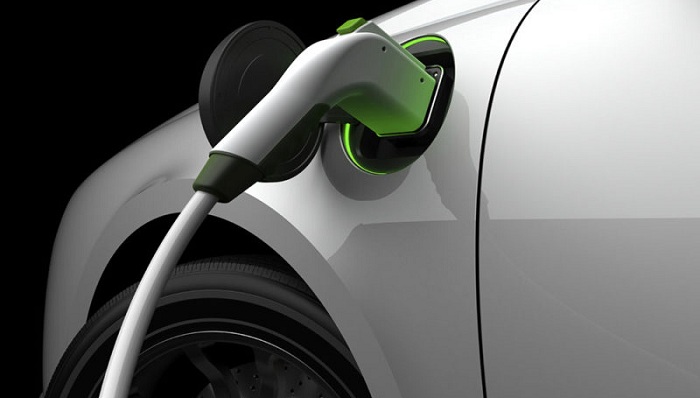Futuristic advancements when it comes to AI as well as healthcare stole the limelight at the tech extravaganza Consumer Electronics Show- CES 2024. But battery technology happens to be the game-changer at the heart of such innovations, thereby helping better power efficiency. Significantly, electric vehicles are the ones where this technology is being applied most intensely. In today’s scenario, EVs can go on to travel almost 700 km in a single charge, whereas now the researchers happen to be aiming for a 1,000 km battery range. Researchers are fervently looking out for the use of silicon, which is known for its high storage capacity, as the anode material when it comes to lithium-ion batteries for EVs. But in spite of its potential, bringing silicon into practical usage goes on to remains a puzzle that the researchers still happen to be working hard so as to piece together.
This is where PhD candidate Minjun Je, Professor Soojin Park, and Dr. Hye Bin Son from the Pohang University of Science and Technology (POSTECH)- Department of Chemistry come into picture. They have gone on to crack the code, thereby developing a pocket-friendly as well as rock-solid next-generation high-energy-density Li-ion battery system by way of using microsilicon particles as well as gel polymer electrolytes.
Making use of silicon as a battery material has its own set of issues: it goes on to expand by more than three times through the process of charging and then contracts back to the original size while discharging, thereby prominently impacting battery efficiency.
Making use of nano-sized silicon-10-9m partially goes on to address the issue, but the sophisticated production process happens to be kind of complex and astronomically costly too, thereby making it a challenging budget proposition.
In contrast, micro-sized silicon- 10-6m is indeed a superbly practical preposition when it comes to cost and energy density.
Still, the expansion issue of larger silicon particles has gone on to become more pronounced throughout the battery operation, hence posing limitations for its usage as an anode material.
It is well to be noted that the research team went on to apply gel polymer electrolytes in order to develop an economical and also a stable silicon-based battery system.
The electrolyte in the lithium-ion battery is a majorly critical component, which helps the movement of ions between the cathode as well as anode.
Unlike conventional liquid electrolytes, gel electrolytes go on to exist in a solid or gel state, portrayed by an elastic polymer structure that happens to be having a better balance than their liquid counterparts do.
The research team went on to use an electron beam so as to form covalent linkages between micro-silicon particles as well as gel electrolytes.
These covalent linkages go on to serve to disperse internal stress that is caused by volume expansion across the lithium-ion battery operation, thereby alleviating the alterations in microsilicon volume as well as improving structural stability.
The outcome was indeed remarkable: The battery went on to exhibit a balanced performance even by way of micro-silicon particles- 5μm, which were almost hundred times more than those that are used in traditional nano-silicon anodes.
Besides this, the silicon-gel electrolyte system that was developed by the research team went on to exhibit ion conductivity that was similar to conventional batteries by way of making use of liquid electrolytes, with an almost 40% enhancement in energy density.
Furthermore, the team’s system goes on to hold significant value because of its straightforward manufacturing process, which is indeed ready for urgent application.
Professor Soojin Park emphasized that they used a micro-silicon anode and yet had a stable battery. This research goes on to bring people closer to a real high-energy-density lithium-ion battery system.
Notably, this study was conducted due to the support of the Independent Researcher Program of the National Research Foundation of Korea.





































